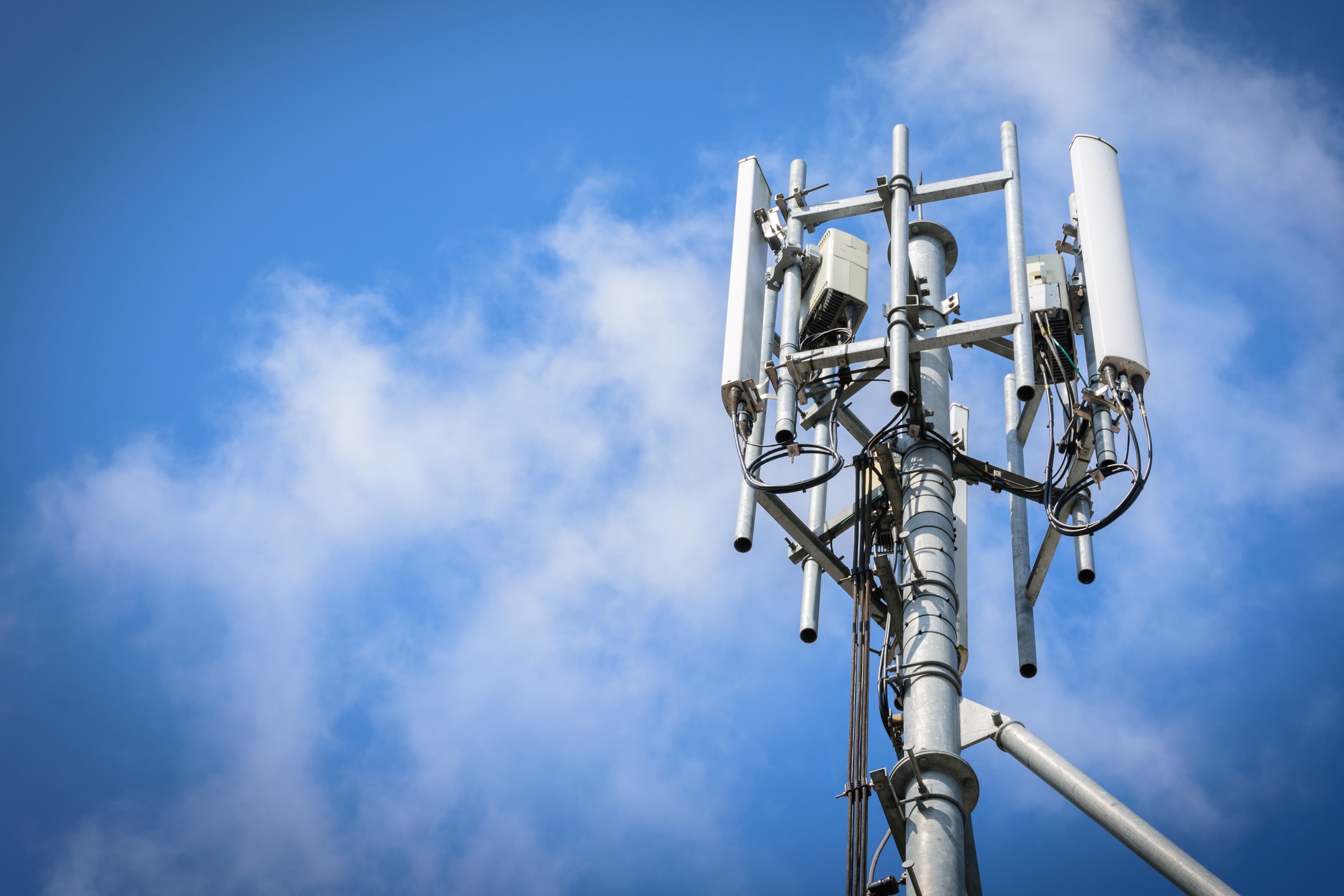If you've ever been through a city and spotted tiny 5G cell towers on street light poles. They look like little boxes, but they're actually broadcasting wireless signals from mobile providers to your mobile.
They are replacing the larger built cell towers. While they're less noticeable, they still can cause problems for people.
It is the of the FCC's Radiation Exposure Thresholds
The FCC's Radiation Exposure Thresholds establish the safe limit at which an individual can be exposed to electromagnetic radiation from wireless devices. The limits for exposure are based upon scientific research which prove that electromagnetic energy could be harmful to human health.
The rate of absorption called the specific absorption rate (SAR) is an indicator of the amount of radiofrequency energy that is absorption by tissues. It is typically 1.6 Watts per kilogram calculated over one gram of tissue.
Since 5g is able to transmit at higher frequencies, it has the potential to create more energy on the skin and other directly-exposed body areas. This could lead to various possible harms, such as an increase in development of skin diseases like dermatitis, skin cancer and cataracts.
Because of the potentially negative effects of 5G radiation, PSU has chosen to set a general localized power density limit of 4 mW/cm2 based on the average across 1 centimeter, and never to exceed 30 minutes for the entire 5G spectrum at 3000 GHz. This localized limit is in accordance with the maximum SAR spatial-average of 1.6 W/kg, averaged over one grams of tissues at six GHz.
The FCC's Maximum Exposure Thresholds for Maximum Exposure
In the event that you've used cell phone, then you've probably realized that the safest location from the tower is around 400 meters. This is due to the power of the transmission of a cell tower increases dramatically the further the tower is.
Although this may sound like something that's good, the reality is that people living in close proximity to towers may actually be more susceptible to health issues. For instance, a 2014 study in India found that those who lived within 50 meters of cell towers experienced significantly more health complaints than those who were away from the antennas.
This study showed that residents who moved to areas that were further from cell towers noticed their symptoms improve within a few days. Studies have also shown that exposure to high frequencies of radiofrequency electromagnetic fields (EMFs) can lead to brain tumors, cancer and other health issues.
This is because radiofrequency radiation, utilized in wireless communications, can penetrate the human body's outer layer, called the skin. This is important to understand since the skin functions as a barrier to protect against injury to the body, infection by pathogenic microorganisms, and the entry of harmful substances. The skin is the biggest organ in the human body. It is accountable for protecting other organs.
The FCC's Minimum Exposure Thresholds for the Minimum Exposure
The FCC's Minimum Exposure Thresholds are based on many assumptions that aren't supported by evidence from science. safe distance from cell tower include the incorrect assumption that short-term exposures to RF radiations are not harmful because of the minimal absorption into body (i.e. thermal heating of tissue).
This assumption does not take into account the more extensive penetration of ELF parts of the modulated RF signal, as well as the effects of brief bursts of heat from pulsed RF waves. These assumptions are not in line with the current understanding of biological effects of RF radiation. As such, they should not be relied upon for health-protection exposure guidelines.

In addition, the ICNIRP and FCC restrict the maximum limits of exposure to peak local SARs that are based on the peak speed of spatial absorption (psSAR) that is an inadequate dosimetric tool to assess the amount of exposure to radiofrequency radiation. Particularly, psSAR is inaccurate when frequencies exceed 6 GHz. Furthermore, psSAR has not been evaluated for RF radiation exposed to other environmental agents , such as sunlight. In the event of interactions, RF radiations with different environmental agents may cause synergistic or antagonistic effects. This would result in an increased risk of adverse health consequences. For safe distance to live from cell phone tower , co-exposure to RF radiation along with exposure to sunlight can raise the chance of skin cancer and exacerbate other skin disorders, such as acne.
